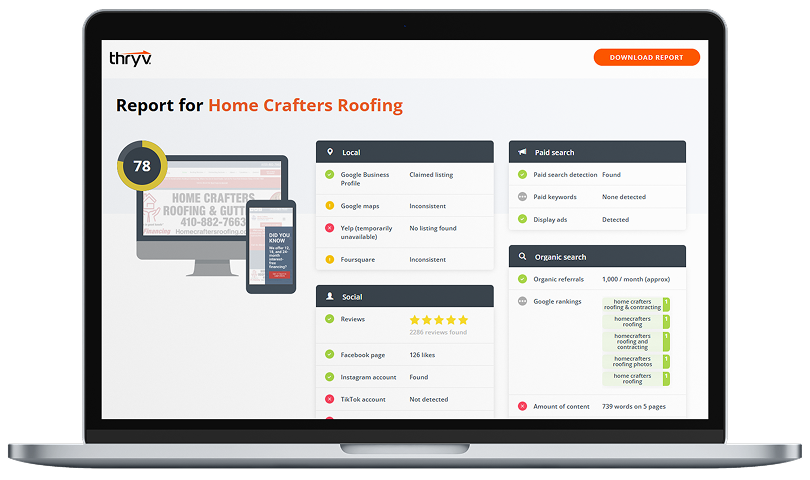When it comes to technology adoption, change can take years — even decades. But the effects of COVID-19 have forced each of us to adapt faster than ever. We’re embracing and anticipating a new normal that will forever shift how consumers and businesses interact.
Ryan Cantor, Thryv’s VP of Product & Marketing, joined Boostability’s Search Sessions to discuss how this new reality has happened at lightning speed — and what small businesses can do to keep up.
“As humans, we embrace patterns. As a society we resist change,” Ryan says. “What happens once change is forced upon you? For instance, we’ve been forced to work virtually for a few months. And we’re realizing, hey, it’s not so bad. Productivity isn’t going down. And companies are seeing unforeseen benefits of this.”
In our day-to-day lives, we have quickly adopted new behaviors — contactless service, curb-side meal pick-ups, attending a virtual yoga class, and interacting online with every aspect of a business. This technology was out there and slowly becoming embraced, Ryan says, but COVID-19 put it on a fast track.
“This is the fastest consumer behavioral shift ever in history,” says Ryan, who previously discussed why ‘normal’ is never coming back. “Credit card adoption took 20 years. Shifting to ecommerce took a decade. Using smartphones as a commerce tool took a decade.The preference for a contactless experience took two weeks.”
Now, as some areas begin to open back up, consumers aren’t likely to backslide into the good ol’ days of February. They like their new options, and won’t likely let them go.
“Credit card adoption took 20 years. Shifting to ecommerce took a decade. The preference for a contactless experience took two weeks.”
How Can Small Business Adapt?
First things first: If you don’t have a plan, you need a plan. “A lot of small businesses are using the hope-and-wait-and-see if things go back to ‘normal,'” Ryan says. “If that’s the case, this is probably going to be painful for them.”
Take the experience with fitness classes. While students loved the only experience they used to know — attending live, in-person classes at the gym — they may now equally love the online option the fitness center is providing. They don’t have to drive to the gym, and they can take a class in the privacy of their home.
“The technology has evolved to give them the best of both worlds,” Ryan says. “You may need to think about adopting a hybrid strategy since 30% of your customers may still want to attend remotely. Meanwhile, you’re still able to operate your business.”
Other factors come into play with doing business remotely, and business owners need to tackle each of them.
3 Questions to Ask About Conducting Business Remotely:
- Are you able to communicate professionally with your staff and customers remotely?
- How long does it take you to update your business’s information online?
- Can you get paid remotely, and will this require additional fees?
“Adopting technology is not an option anymore,” Ryan says. “Do your research and find the right solution. Do a demo. Have a list of questions. Map your customer journey before you talk to anyone. Challenge any company to prove that this will work for your business.”
To hear all of Ryan’s tips for small businesses that are adapting to this new normal, watch the Boostability Search Sessions:


